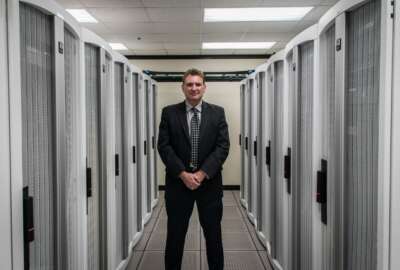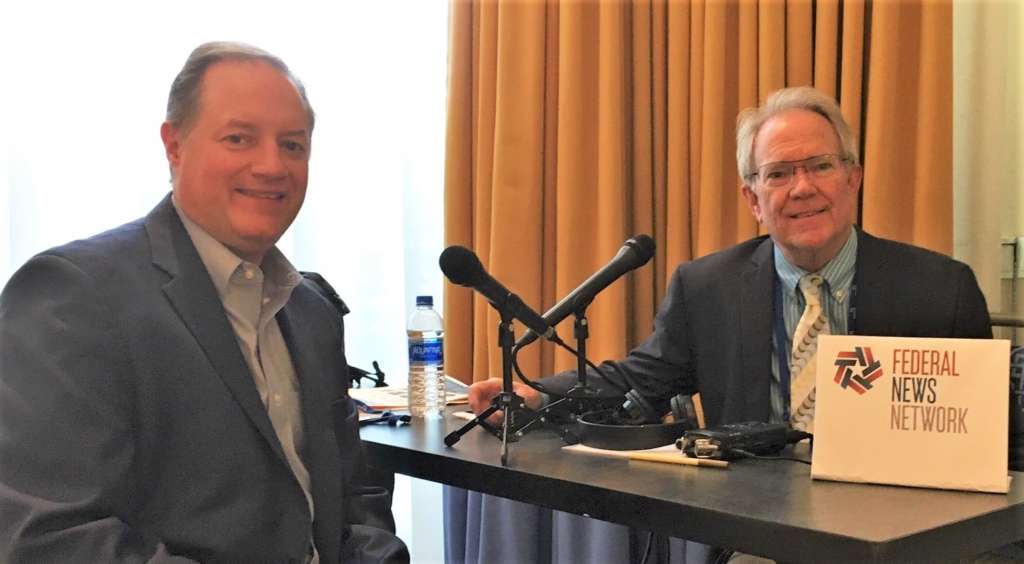

Nebraska and Connecticut state CIOs Ed Toner and Mark Raymond offered their personal stories at NASCIO's spring conference outside Washington, D.C.
I’ve repeatedly said the chief information officer governance model is critical to a CIO’s success, or lack thereof. That model must include the authority and position of the CIO in the state organizational structure, and the visible and active support of the governor — effectively the state “CEO.”

Take Washington state, for example. It’s a federated state IT organization, decentralized, spread out, and very difficult to consolidate with resistance going back forever. However, Jim Weaver, its new state CIO and the fourth person to hold that position in three years, does have a cabinet-level position now so hopefully he can turn things around.
Weaver and my guests this week were all at the National Association of State Chief Information Officers’ (NASCIO) Midyear Conference earlier this month at National Harbor, just outside of Washington, D.C., which coincides with the organization’s 50th anniversary.
While there I caught up with Ed Toner, chief information officer for the state of Nebraska. He was also featured on our regular weekly radio program last December and is always interesting and fun to speak with, not to mention his accomplishments in the cornhusker state are quite impressive.
Toner explained how crucial Weaver’s cabinet-level position is.
“It is important to have that direct seat at the table. It’s very much like being on a board where you’re at the same level as every agency director that is a cabinet agency,” Toner said. “And so, our governor specifically gives me time at those meetings, at his cabinet meetings to talk technology.”
He also related that those cabinet meetings are a great way to get the others cabinet agency directors’ input on how Toner’s organization is performing.
“It’s a great opportunity because they don’t mind telling me when things are going wrong,” he said.
The conference also allowed me to meet with Mark Raymond, Connecticut state CIO, whose eight years in office make him among the longest serving CIOs in the country. He said the NASCIO conference’s value is in its collaboration and sharing of ideas, as well as reuniting with old friends.

He also described meeting new companies and hearing what innovations they bring into the space.
“I always go to each NASCIO conference trying to learn two new things, and to help someone in two areas where we may have cracked the code and they need some help,” he said. “So that’s been a constant for me.”
Raymond appreciated the event’s new format highlighting state and vendor partnerships for successful collaboration. He added that having specific examples was a valuable aspect.
“It’s very informative and it’s always nice to see somebody who’s done it before and done it well, a different road bringing in vendors to talk about their projects,” he said.
Touching on the greatest changes he’s seen since first taking office back in 2011, Raymond said it was the idea that there is a new normal of smaller government and leaning towards a citizen-focused government, while also leveraging public resources. He observed that the biggest recent change has been his IT organization looking across the boundaries and redefining its mission to be an enterprise government mission, not just an agency and a program mission.
“Interest in that topic, the advancement of that topic, whether it’s around identity management, security, or programmatic outcomes and the interplay between our agencies and in their programs, I think has been the biggest change that we’ve seen lately,” he said.
Copyright © 2025 Federal News Network. All rights reserved. This website is not intended for users located within the European Economic Area.

